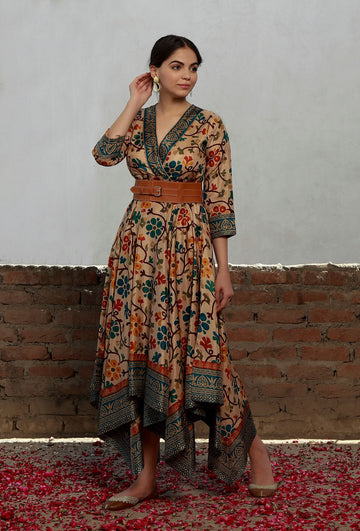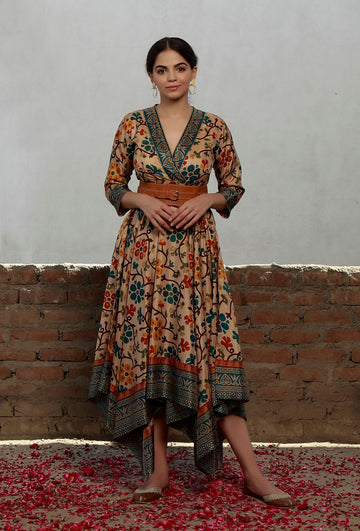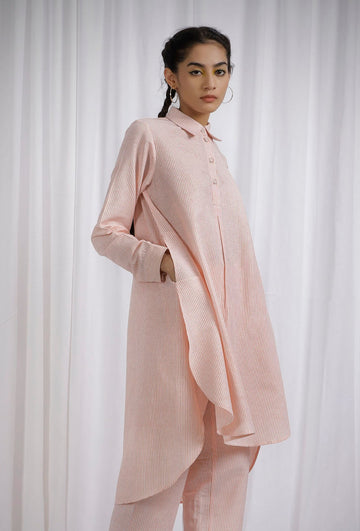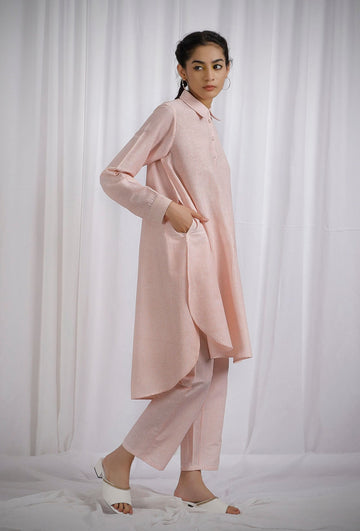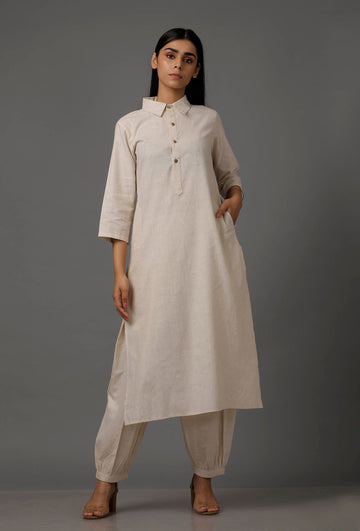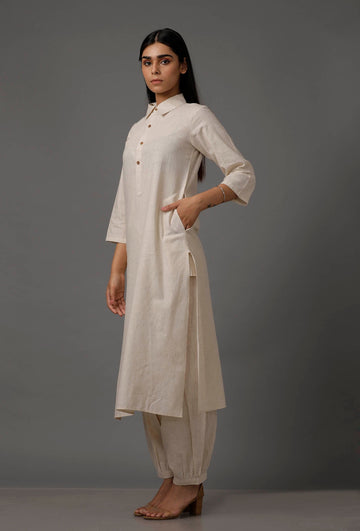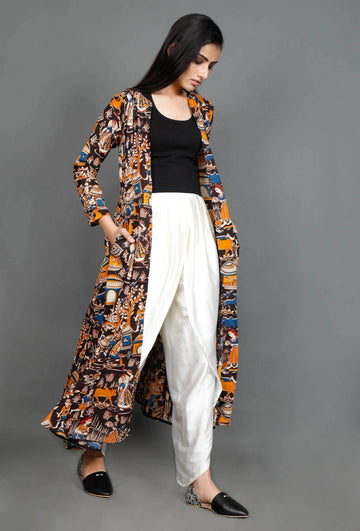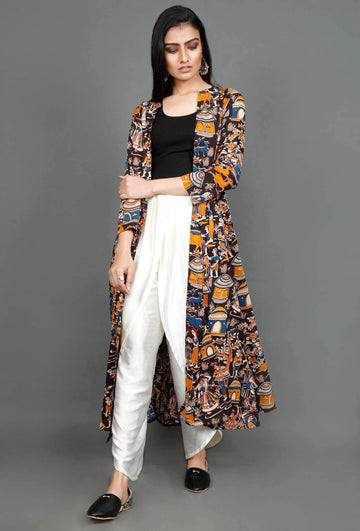A ‘Wrap’ Story
Must-Have Shawls for Winter
Winters have a certain appeal. And warmth, of course! Yes, it is necessary to wrap up in a tonne of wool, thermals, hats, and gloves. However, the fashionistas within us would never allow the winter chill to depress us.
So, here's a seriously cool method to up our fashion game this winter. The most elegant and lovely approach to improve one's feminine and social appeal is with a shawl.
What does a few yards of a shawl do? It not only provides color and charm, but it also gives your traditional Indian clothing sophistication and flair. The feeling of luxury that comes with donning a glossy shawl is out of this world. There are clear examples of human emotions woven into every stitch. However, the more you wear a shawl, the more you will appreciate its distinctiveness as a work of art rather than just a wintertime adornment.
Every textile made in India has a special history, nativity, and aesthetic. The textile industry is one of the many Indian cultural traditions that are being lost. in particular in the textile industry. The attractiveness of traditionally crafted shawls is fading. Understanding Indian shawls is necessary before we can discuss how to preserve them.
Here are a few of the well-known shawls from India that come from various parts of the nation.
You must have shawls from India in your closet.
Pashmina Shawls
Derived from a particular breed of Pashmina goat found in the Himalayas, a Pashmina shawl is a sort of quality cashmere wool. The name "Pashmina" in Persian means "made of wool." The warmth and feel of a Pashmina are indicators of its quality. They are woven, hand-spun, and embroidered. Pashmina fibers are superior than Cashmere fiber in fineness and thickness, making them perfect for manufacturing lightweight clothing items like scarves, thoroughly cleaned by hand-combing. The detailed raw pashmina is repeatedly impaled on an upright comb to complete the combing process. The yarn is twisted onto wooden spindles known as Perch in Kashmiri after it has dried in the sun. The pashmina yarn is coiled with Parota around a tiny flange ribbon.
Kullu Shawls
The Kullu shawls, which are indigenous to the Indian state of Himachal Pradesh, are most famous for their patterned construction. These shawls are distinctively defined by their rougher design and are made using a dovetail or slit tapestry technique. The local goat population, which includes breeds like Deshkar, Bihang, Australian Merino Tops, Angora, etc., provides the raw material. To put it mildly, the motifs on a Kullu shawl are magnificent, with a vibrant design based on a variety of themes including religion, traditions, or just portraying the local ways of life.
Kani Shawls
As implied by the name, Kani pashmina shawls are pashmina shawls woven on a wooden loom with tiny sticks used as bobbins. These tiny, eyeless sticks are referred to as "Kani" in Kashmiri. This kind of weaving is quite distinctive; patterns are actually created during weaving with sticks reeled up on a wooden spoon and various threads of pashmina that have been specifically colored to be utilized in the pattern. Each shawl that needs to be woven has a unique script created by the Naqash with various color codes, and the script can be up to 60 pages long (typically the more complex ones). The standard Kani shawl is woven without any embroidery, giving it a distinctive look.


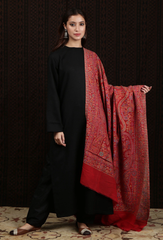



Tjori offers a wide range of shawls that will keep you warm and cozy during the winter season. You can find pure Pashmina shawls, Aari embroidery shawls, Kani shawls, Kullu shawls, and many more only at Tjori. Our browsing, ‘adding to cart’ option, and payment procedure is quite simple and user-friendly. You can explore all your favorite shawl designs and styles in one go.
